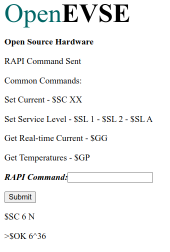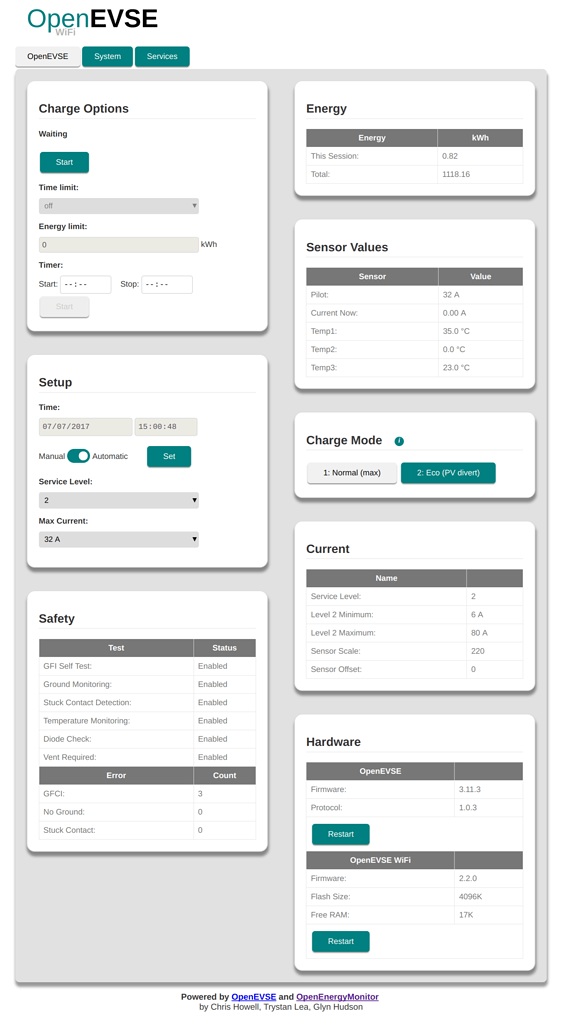I’m looking for ways to build a Solar Divert to EVSE, meaning I want to communicate to an EVSE what charge power to use and when to begin and end charging.
There are several Smart Chargers out there offering this feature, such as the Emporia Smart Charger: https://uploads-ssl.webflow.com/5fff2b7694451e66ba2f5a3d/62992a4164395847d4b83206_EV Charger Technical Specs.pdf
But everyone of these I have found is using a proprietary protocol to control the charger.
Are there any EV chargers out there supporting an open protocol through a standard such as Modbus to program charge power, start of session and termination of session?
I know I can control a relay to begin and end charging, so the control I’m looking for is within reach at a fixed (preconfigured) charge power, but I’m hoping there an EVSE out there such as OpenEVSE that makes remote programming of charge power through an open protocol easy.
There are several Smart Chargers out there offering this feature, such as the Emporia Smart Charger: https://uploads-ssl.webflow.com/5fff2b7694451e66ba2f5a3d/62992a4164395847d4b83206_EV Charger Technical Specs.pdf
But everyone of these I have found is using a proprietary protocol to control the charger.
Are there any EV chargers out there supporting an open protocol through a standard such as Modbus to program charge power, start of session and termination of session?
I know I can control a relay to begin and end charging, so the control I’m looking for is within reach at a fixed (preconfigured) charge power, but I’m hoping there an EVSE out there such as OpenEVSE that makes remote programming of charge power through an open protocol easy.
Last edited:






